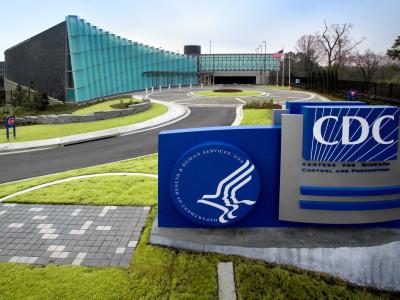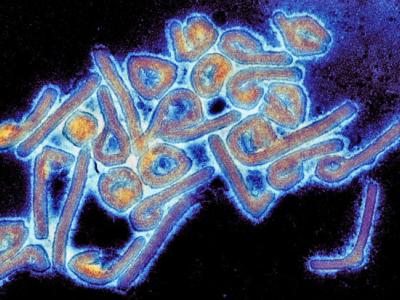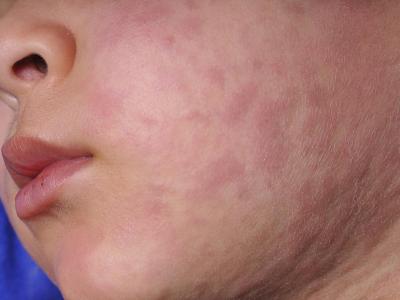COVID-19 hospital admissions greatly affected occupancy rates of intensive care units (ICUs) across 45 US states, according to a new study in JAMA Health Forum.
The study looked at hospital occupancy rates for each week in 2020 at 3,960 hospitals, as recorded by the Healthcare Cost and Utilization Project State Inpatient Databases, and compared the number of occupied beds to the same week in 2019. Each week was categorized based on the number of COVID-19 admissions per 100 beds, with 15 admissions per 100 considered high COVID-19 activity, and less than 1 per 100 considered low.
Unsurprisingly, overall hospital occupancy levels decreased during weeks with low COVID-19 admissions and increased during weeks with high COVID-19, with ICUs most affected.
ICU occupancy rose nearly 70%
ICU occupancy rates increased 67.8% (95% confidence interval [CI], 60.5% to 75.3%) during weeks with more than 15 COVID admissions per 100 beds.
Of note, occupancy decreased for surgical patients when COVID-19 admissions increased, as many surgeries were put on hold during the early months of the pandemic, by as much as 43.1% (95% CI, 38.6% to 47.2%).
Though most periods of high COVID-19 admissions lasted less than a month—with 34.3% lasting 1 week, 49.8% lasting no more than 2 weeks, and 63.1% lasting no more than 3 weeks—they could have greatly affected patient care, the authors said.
Large increases in ICU occupancy may have strained ICU staff, possibly reducing quality of care for critically ill patients.
"Large increases in ICU occupancy may have strained ICU staff, possibly reducing quality of care for critically ill patients. This result is in line with increased in-hospital mortality during COVID-19 surges, documented by previous studies," they concluded.













